Europe has an incredibly rich culture and history that changes constantly as you move through the continent. Come to Europe for the incredible landmarks, the spectacular natural scenery and the unparalleled nightlife. Home to some of the best food in the world, tasting your way through Europe is an experience like no other. Beautiful seasons bloom throughout the continent, allowing for tropical beach days, skiing on snowy mountains and everything in between. Choose your destination and time of travel wisely and Europe is your oyster - open to whatever your heart desires.
An architectural dream sprawled out by the seaside, Barcelona has endless energy to feed upon. Allow yourself to be enchanted by it’s laid-back city life and long, meandering evenings.
London is a beautiful contrast of high-density urban city and large oases of peaceful greenery. A creative bubble and a culinary adventure to immerse yourself in.
With a golden hour that stretches throughout most of the day, Rome’s cobbled streets are alive with history and tradition. Come to Rome with an empty stomach and leave with a full heart.
An iconically romantic city, Paris is chic and artistic. Style runs in its core - visible in everything from the palatial monuments to the perfectly lined tables on street corners.
Berlin is non-stop. An intoxicating mix of glamour and grunge, the city is welcoming to all - poignantly felt through the remnants of its history that lie around the city.
Get lost in the cosy streets of Amsterdam and you’ll end up somewhere more beautiful than where you intended to go. Canal boats and bicycles guide you through the vintage shops, flower stalls and museums.
European food is undoubtedly some of the most varied and delicious in the world. Not only does it change greatly from country to country, but travelling through neighboring towns can often provide a whole new cuisine from the one you just left. So while you probably already know the classics to try - pizza in Naples; croissants in Paris; paella in Valencia - what about the more local, lesser-known food recommendations across this delicious continent?
1. Supplì - Rome, Italy

4. Scotch eggs - Yorkshire, England

7. Salmon gravlax - Norway

10. Tartiflette - Savoy, France

2. Raclette - Valais, Switzerland

5. Halloumi & watermelon - Cyprus

8. Tiroler Grostl - Tirol, Austria

11. Smørrebrød - Denmark

If you’re unsure about the best time to visit Europe, here’s a list of the best events that take place throughout the year, and where you need to go to enjoy them.
On the last Tuesday of January, a procession of up to a thousand torch-bearing participants march through the streets of Shetland’s capital, Lerwick. Watch as the torches are thrown at a replica Viking longship resulting in an impressive show of burning flames. Afterwards, head to one of the many parties and performing acts held in the local halls.
✈️ Fly to The Shetland Islands
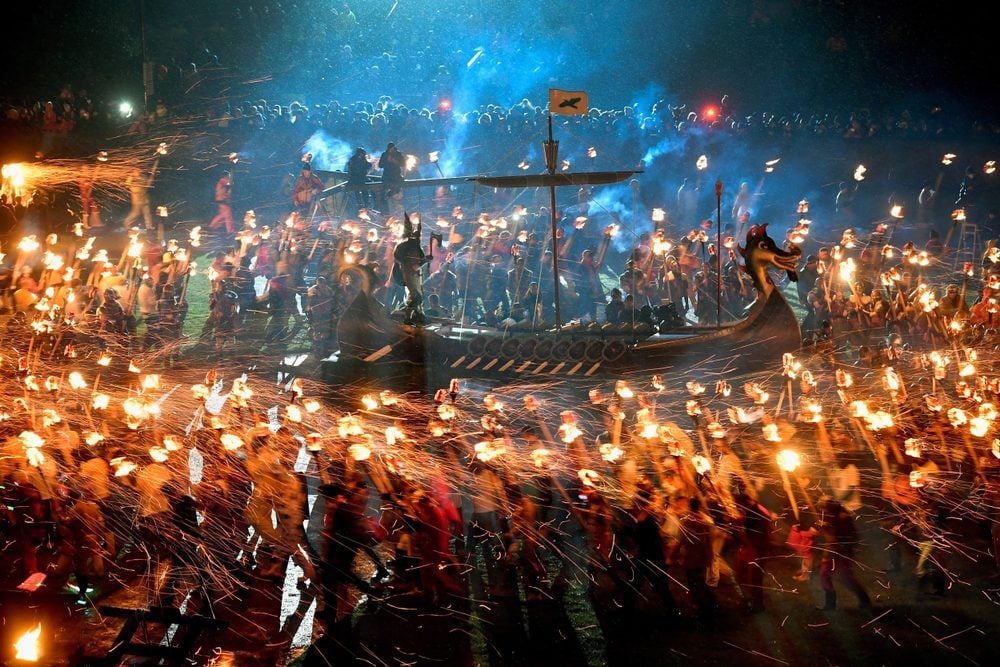
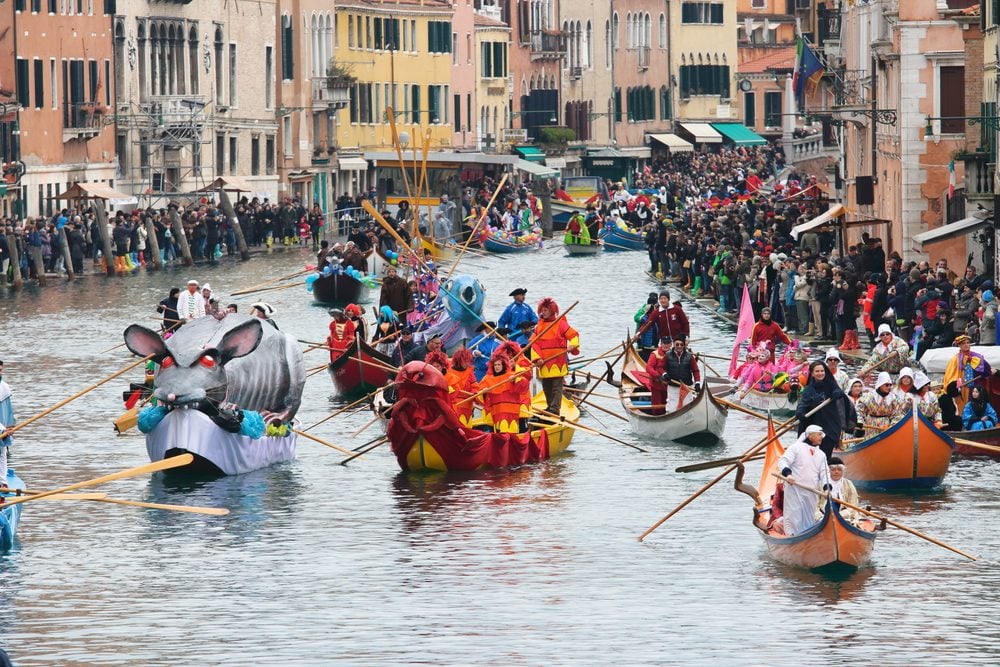
These days we’re used to a different sort of mask, but at the Venice Carnival masks are colourful and wonderfully extravagant! Celebrate amongst costumed locals in St. Marks square, a tradition dating back hundreds of years. The carnival runs for several weeks, but the most important days are the last few days leading up to Mardi Gras.
Where better to wear green and drink pints of Guinness than the home of St. Patrick himself. Head to Dublin for the 17th of March and get into the Irish spirit on the streets of the city. Watch the parades and music bands as they pass through the packed centre. After a couple of glasses of irish whiskey, you’ll be joining in the signing and dancing on the streets in no time.
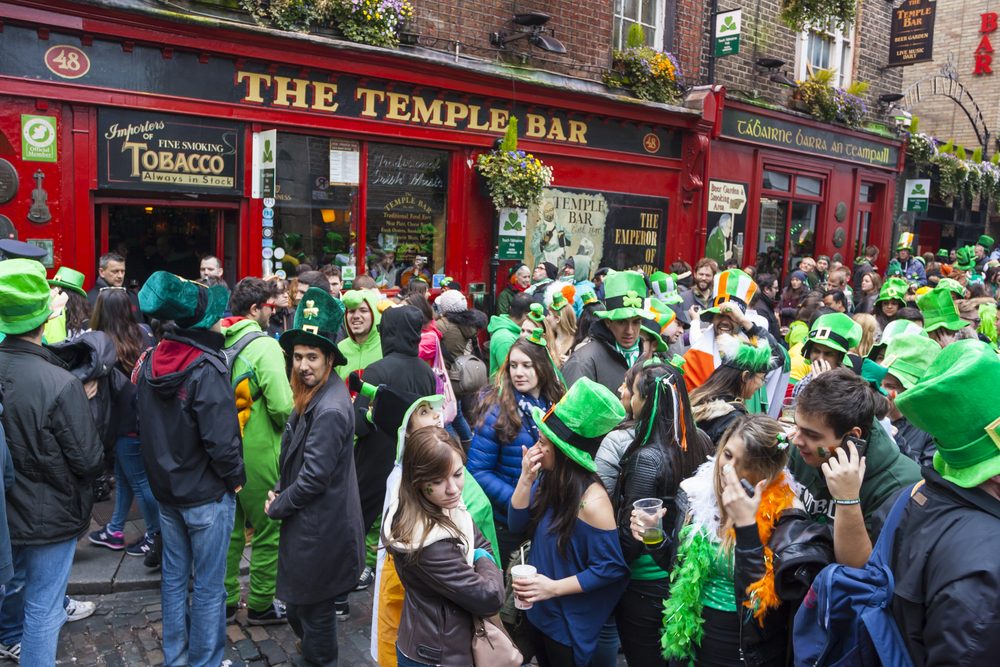
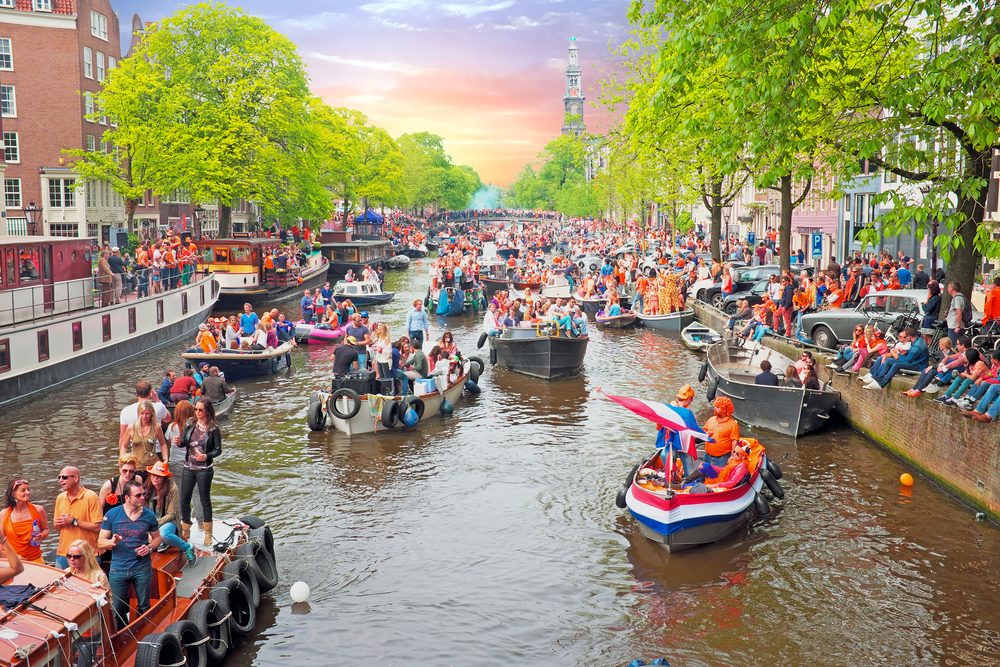
In celebration of the King of The Netherlands’ birthday, the nation turns orange. Amsterdam is the place to be on the 27th April. Up to one million people descend on the capital to enjoy outdoor concerts, special events and parades on the canals. Don your best orange t-shirt, grab an orange drink and join in with the "orange madness" or oranjegekte as it’s known in Dutch.
For a week in May, the already glamorous town of Cannes in France becomes a playground for the Hollywood elite. Whilst you may not have tickets to the film festival itself, there are plenty of other events to enjoy over the week. The town really comes alive at this time. You may even spot Brad Pitt buying a croissant at one of the seafront cafes. Stranger things have happened.

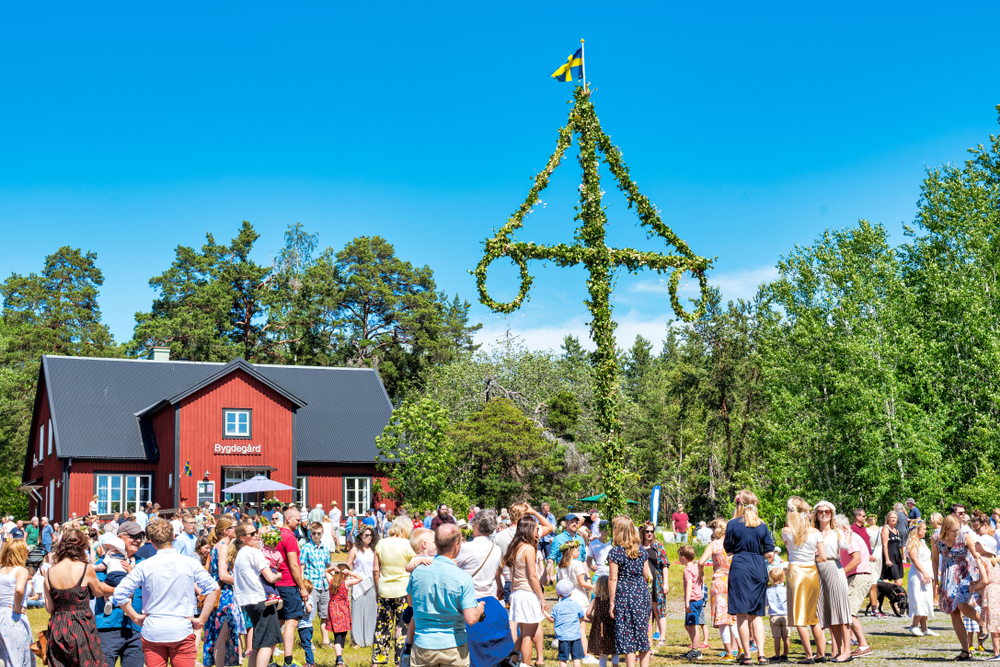
Falling on the longest day of the year, Midsommer is celebrated in many countries of Northern Europe, but the Swedes are perhaps the most active in celebrating this holiday. Head to Sweden to dance around the maypole under endless hours of sunlight (the sun sets for only a few hours at this time of year). Join in a classic midsommar lunch of baked potatoes and pickled herring.
The most famous event held during San Fermin is the running of the bulls: hundreds of people running down a narrow street in Pamplona, being chased by 6 bulls. A bullring fight follows in the afternoon. Whilst bullfighting is not for everyone, the festival of San Fermin has many other events to see. Fireworks, traditional basque sports and parades are all on the order of the day.
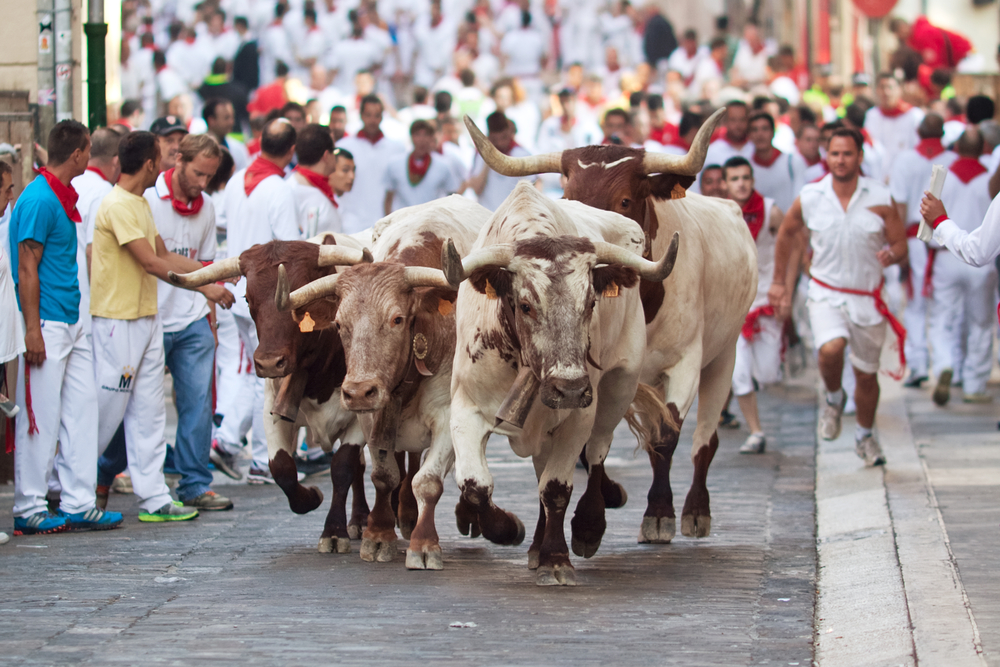
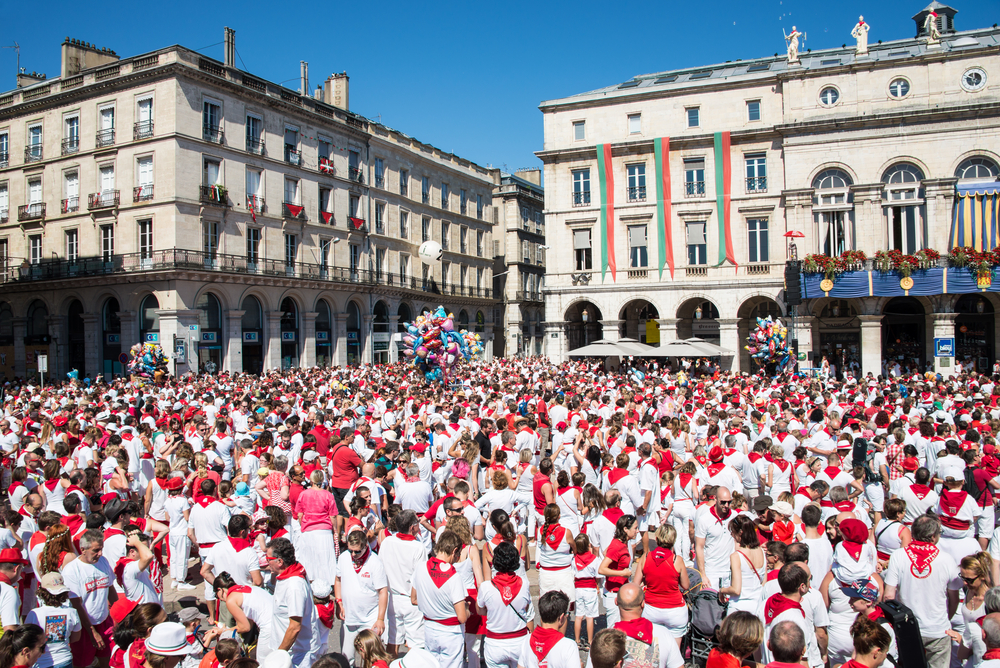
If you can’t make it to San Fermin in July, you won’t want to miss the Fêtes de Bayonne - the largest festival in France. 5 days of parties in the streets of this charming Basque town. Practically mandatory while enjoying the festivities is the white t-shirt and red scarf across the shoulders - don’t forget yours!
Is the world’s largest beer festival on your bucket list? Well, it should be! Six million people around the world attend Oktoberfest in Munich every year, consuming around 7.7 million liters of beer - you do the maths. Get involved with this huge extravaganza of Bavarian culture, amusement rides, games and dancing. The festival runs for 17 days so there’s plenty of time to recover and do it all over again!
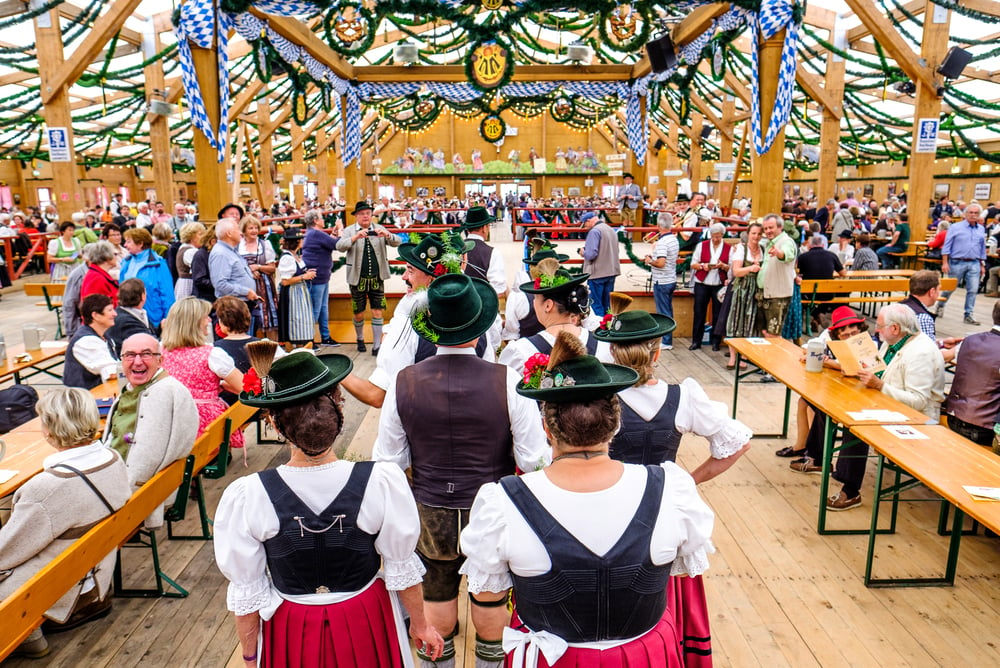
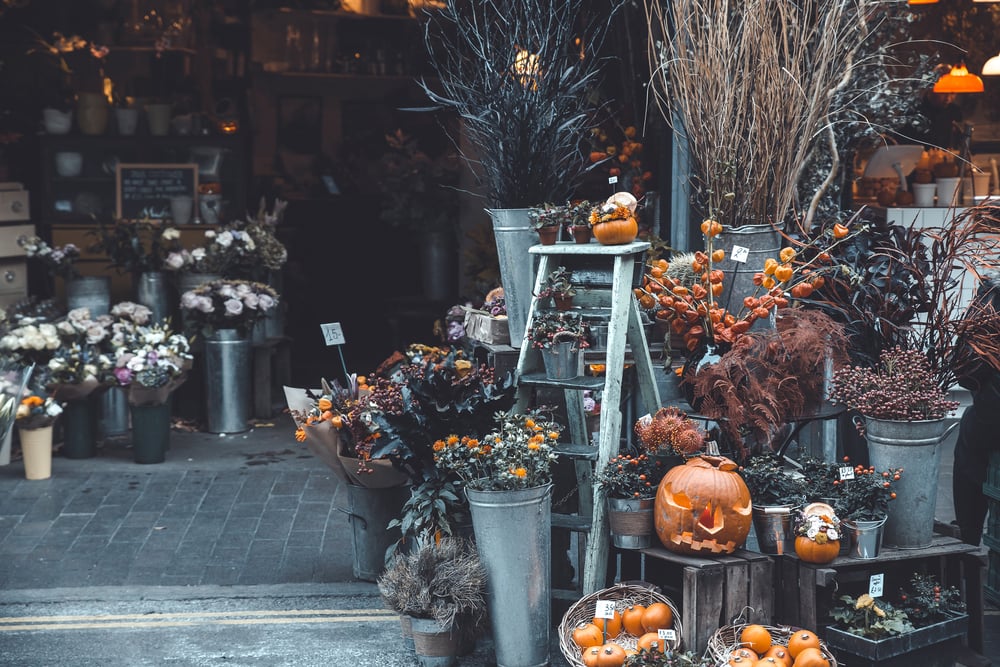
October is a great time to visit Europe, not just for the changing Autumn colours, but for Halloween too! Dedication to Halloween festivities varies across the continent. Typically the Northern countries celebrate this spooky holiday more than the Southern ones, but in recent years the holiday has gained popularity, and you’re bound to find Halloween parades, kids (and adults) in costumes, and trick-or-treaters in all corners of Europe.
The Northern lights is one of the natural beauties of the world that takes a fair amount of planning (and a little bit of luck) to be able to see it. Abisko is one of the best spots to catch the aurora borealis - it’s a sleeper train or short flight away from Stockholm, and is generally much cheaper than Norway (famed for Northern light excursions). The weather is also more forgiving!
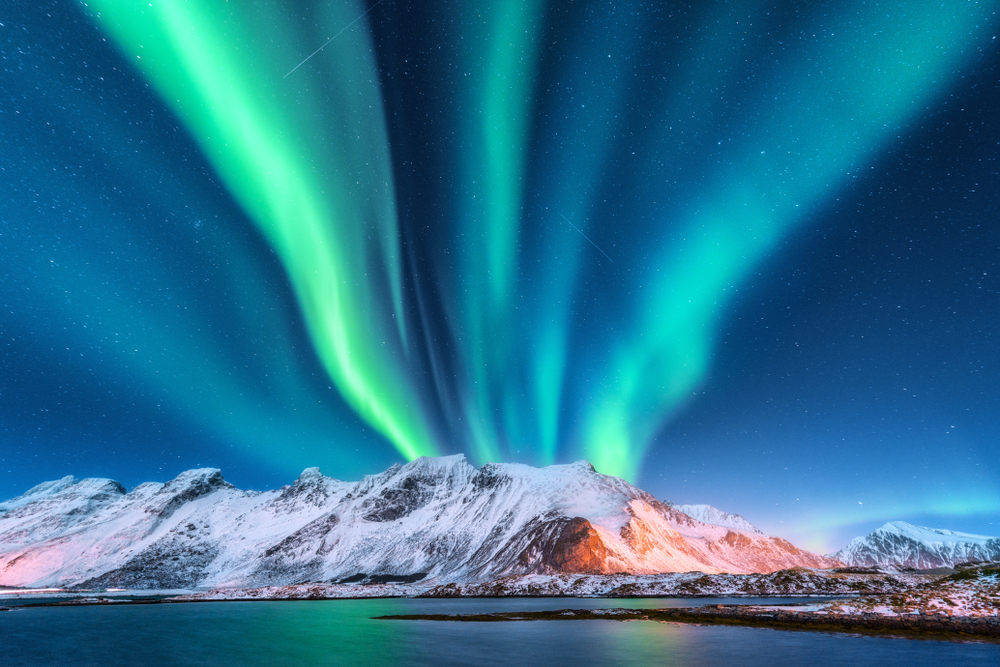
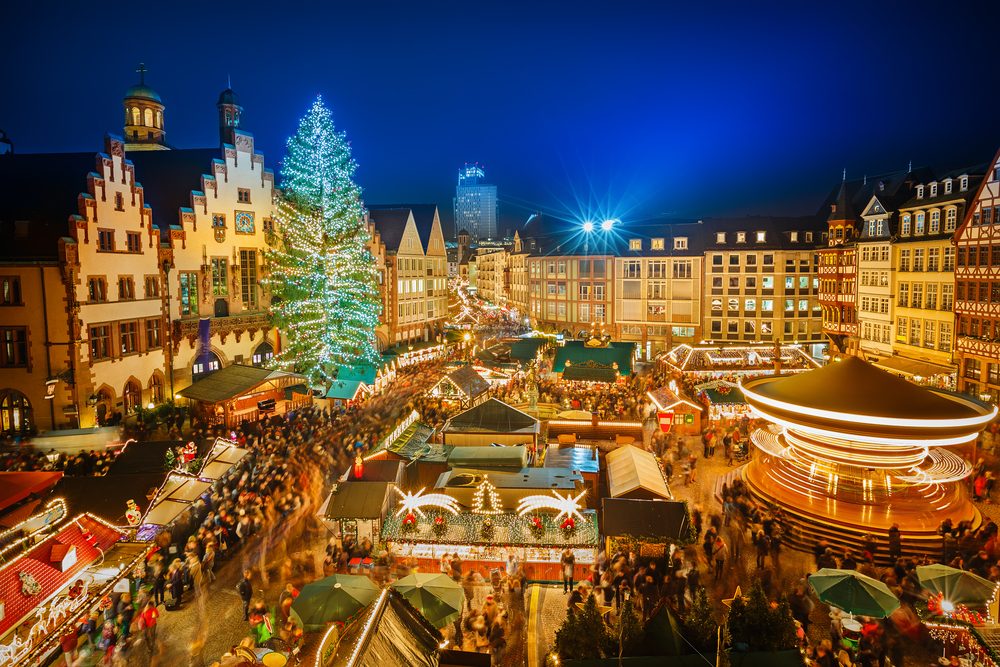
From German Christmas markets to Santa's home in Lapland; London's renowned festive decorations to the snow capped mountains of Switzerland. There is no better place to celebrate Christmas than Europe. Warm your insides with festive cheer with a trip to Europe!
Tips for travelling around Europe in the cheapest way possible:
If you want to keep your costs down while travelling through Europe, hostels are your answer. Yes there are your typical 20-bed dorms with one shared shower and dirty floors, but there are also very pleasant boutique-style hostels that cost a fraction of a hotel. Not to mention all the new friends you’ll make!
A global pass starts at €189, and allows you to travel all over 30 countries in Europe for up to a month. It’s easy on your bank balance and will give you a wonderful sense of freedom. They say money can’t buy freedom, but with €189 you get a month of freedom and that’s good enough for us.
Instead of heading to Ibiza during the notorious closing party season, visit at the beginning of the season for cheaper accommodation and flight costs. If it’s big parties you’re after, Eastern Europe is just as much fun at a fraction of the price. Swap Santorini for Corfu; Paris for Prague and Capri for Procida.
Staying in hostels has many benefits, including being able to split costs with the people you meet on your travels. Share a taxi ride to the centre of town, split a bottle of wine or group-up to take a tour together.
Do your research and seek out the cheaper no-frills airlines, Europe is full of them. Did you know you can go around the world with low cost airlines?
Europe is relatively small, so it's a great place to rent a car and drive through. Depending where you are, you could pass through multiple countries in just a few hours of driving.
Often the cheapest deals are found when you book flight, hotel and car as a bundle.
Europe is full of great things to do, for free. Parks, beaches and markets are always free. Many museums and exhibitions have admission-free days. And don’t forget that most festivals and street parties are open to everyone!
Despite the high population density in Europe, there are still deep pockets of preserved natural beauty found all over. From the small freckles of natural scenery preserved in the parks of London, to the great sweeping mountain ranges of The Alps. Perhaps the most revered spots of natural beauty are the islands and beaches dotted around the continent. Explore some of the best beaches and islands in Europe:
(Portugal, Spain, Italy, Greece, France, Croatia, Bulgaria)
Hot, sunny and dry summers with temperatures reaching 35ºC (95ºF) during the day. Winters are mild with light rainfall, but temperatures can still dip to 5ºC (41ºF).
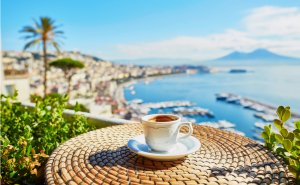
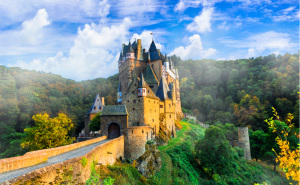
(Austria, Czech Republic, Germany, Hungary, Poland, Slovakia, Slovenia, England, Switzerland)
Summers are mostly warm and dry, with temperatures around 25°C (77°F) - but can be unpredictable. Winters are cold and often snowy, with temperatures dipping to -10°C (14°F).
(Denmark, Estonia, Finland, Iceland, Ireland, Latvia, Lithuania, Norway, Sweden, Scotland)
Summers are warm but unpredictable with both hot and cold spells. Winters are cold, wet and sometimes snowy. Temperatures can dip to -15°C, and the very north of the continent sees darkness for much of the day during winter.

We know how important travel is, so we’re here to make sure you have everything you need for your trip of a lifetime. When it comes to travel documents and visas, the law differs from country to country across the continent so make sure you plan for every stop of your journey. Once that’s done, all that’s left is to enjoy your trip!
In general, if you are from North America, Australia, Japan or New Zealand, you do not need a visa to visit the European Union for up to 3 months.
If you are from an EU member country, an EU ID card is sufficient for travelling within Europe. If you are from outside the EU, ensure your passport does not expire within 6 months of your trip.
The Euro is used throughout most of Europe with the exception of Bulgaria, Croatia, Czech Republic, Denmark, Hungary, Poland, Romania, Sweden, and the United Kingdom.